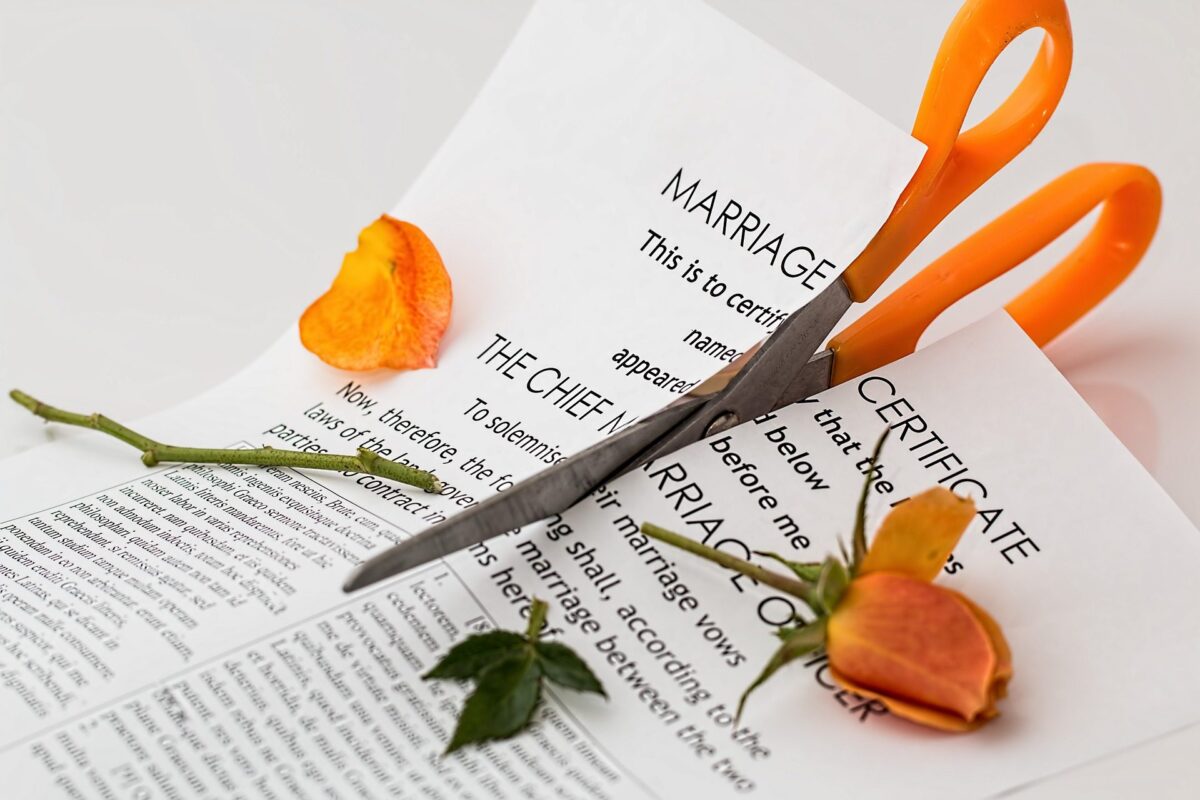Family breakdown and separation can be extremely stressful and costly. However, it can actually be pretty simple and cost effective, if the parties can agree on how to go about it. Here is a summary of the main things which need to be done when divorce.
After separation the areas to be resolved usually fall into any of four categories:
1. Divorce (nullification of marriage certificate)
2. Arrangements for Children (“custody”)
3. Maintenance (ongoing payments for children or ex-spouse)
4. Property Settlement (division of assets)
Divorce
The date of separation is deemed to be the date upon which either one of the parties has determined that the marriage is over. This determination contains a subjective concept. However, it is often necessary to have some form of evidence of it, from a verbal/oral declaration through to physical departure from the matrimonial home.
An application for divorce can be made by either party at the expiration of twelve months from this date of separation.
Where the parties have remained living “under the same roof” some further more precise evidence/statement of the change of circumstances is required
Arrangements for children
What used to be called “custody and access” is now termed “residence and contact”. This is a resolution of with whom the children reside and the time which they spend with the “non- resident” parent. The concept of shared residence is possible but not generally favoured
Maintenance
Child maintenance is payment made by the “non-resident” parent for the maintenance and welfare of the children. In most cases it is a payment by the father for the children living by the mother based upon the income of both parties and is ascertained, subject to agreement to the contrary, by a formula as assessed by the Child Support Agency.
Spousal maintenance is money paid by one party for the maintenance and living expenses of the other. Where both parties are in employment/receiving income, spousal maintenance is not common. It will be also be adjusted after property settlement is resolved.
Property Settlement
This is the division of the assets of the parties. There will be a pool of assets made up of everything owned by both parties including superannuation. There is then a resolution as to how that pool of assets is divided. A large number of factors are taken into account in resolving the division including but not limited to:
- The length of relationship/marriage.
- The financial contribution made by each party to the relationship.
- The non-financial contribution made by each party to the relationship (particularly care and upbringing your children and domestic arrangements).
- Future earning capacity.
- The age of the parties.
- The need to support other parties including children.
- Standard of living.
All the of the arrangements in the items above can be achieved firstly by agreement, secondly by negotiation by legal representatives, thirdly by mediation and finally, if the first three procedures are unsuccessful, by way of court application. A very small number of matters require final Court determination. Usually only where there is a very large pool of assets or an unreasonable attitude of one or both parties are matters resolved by decision of the court.
Foulsham and Geddes notes that this article is written for the purpose of providing generalised information and not to provide specialised legal advice. If you require qualified legal advice on anything mentioned in this article, our experienced team of solicitors at Foulsham and Geddes are here to help. Please get in touch with us on 02 9232 8033 today to make an enquiry.
Keyword: What happens in a Divorce?

